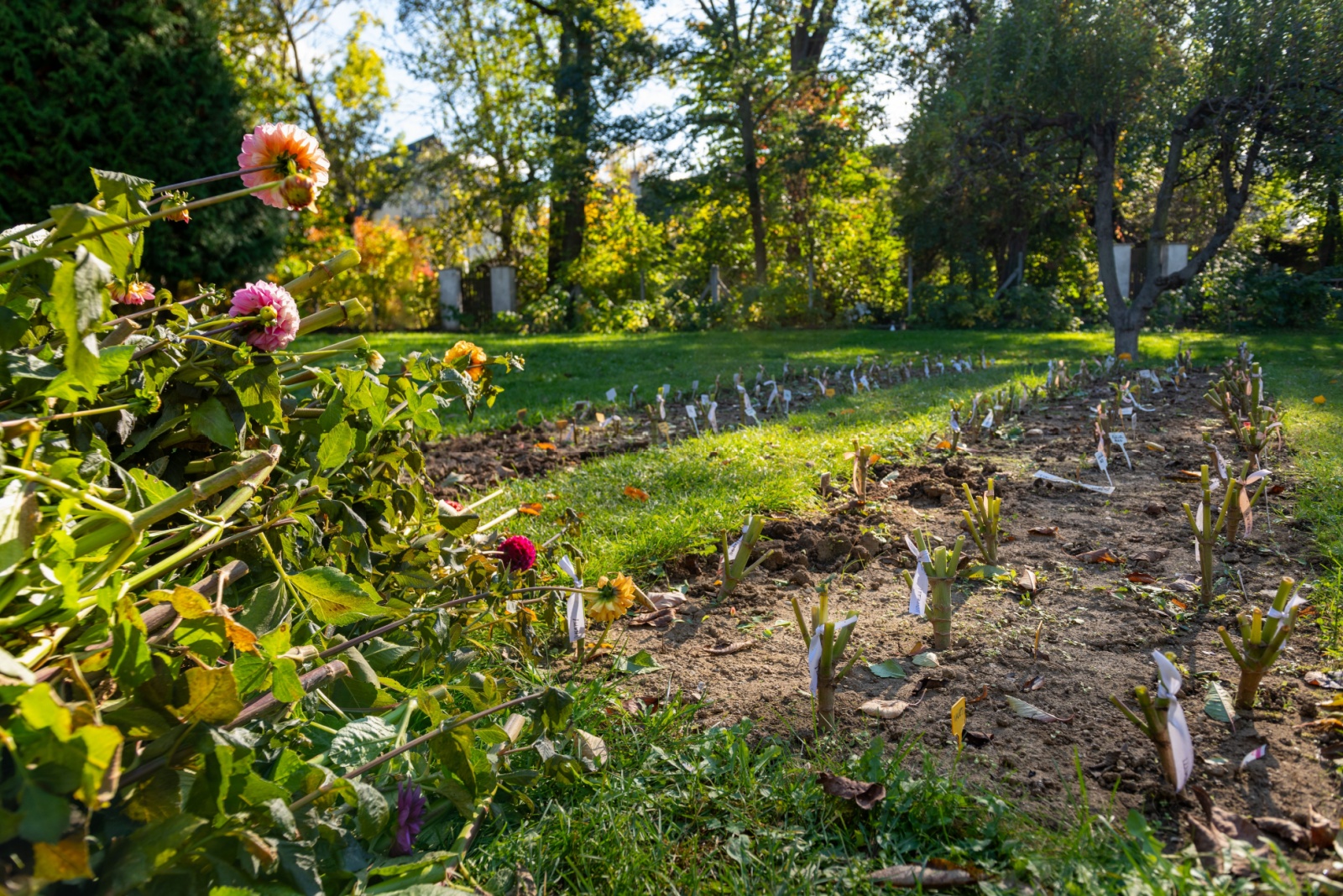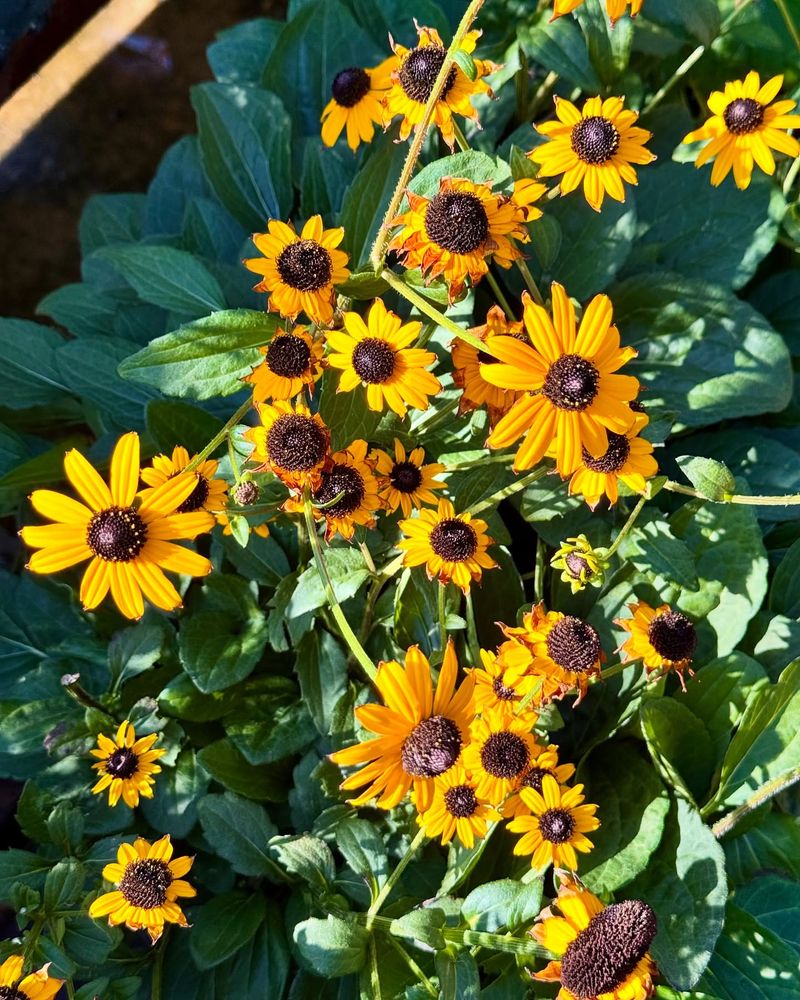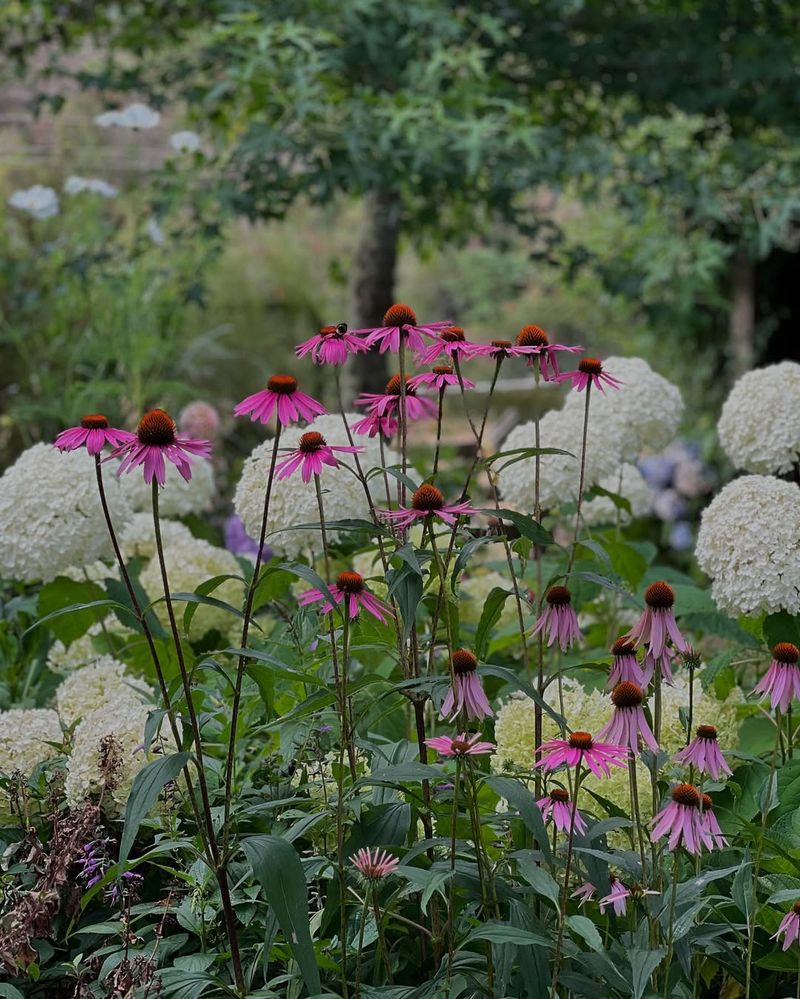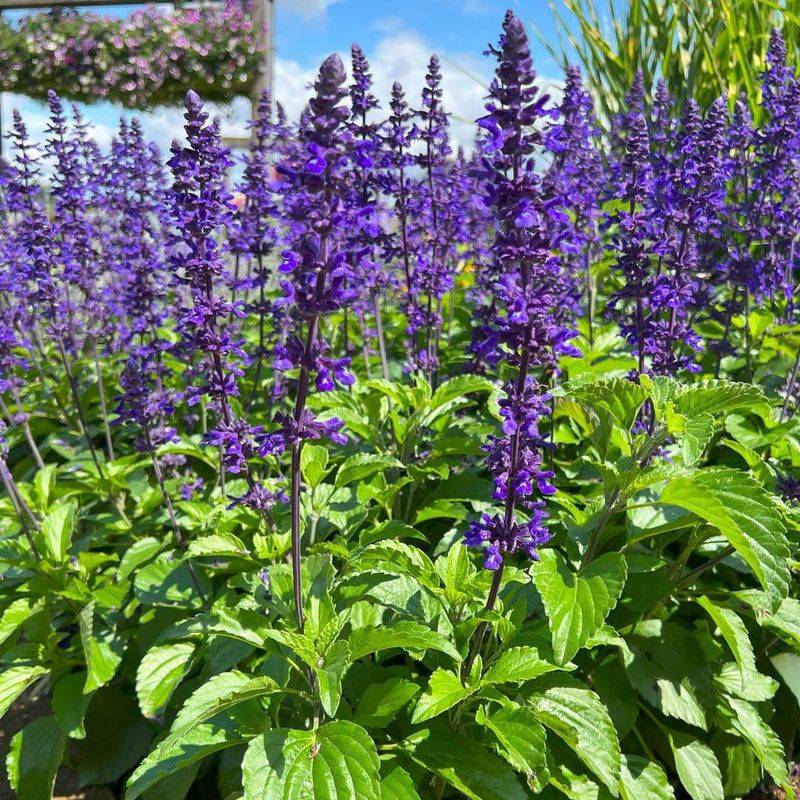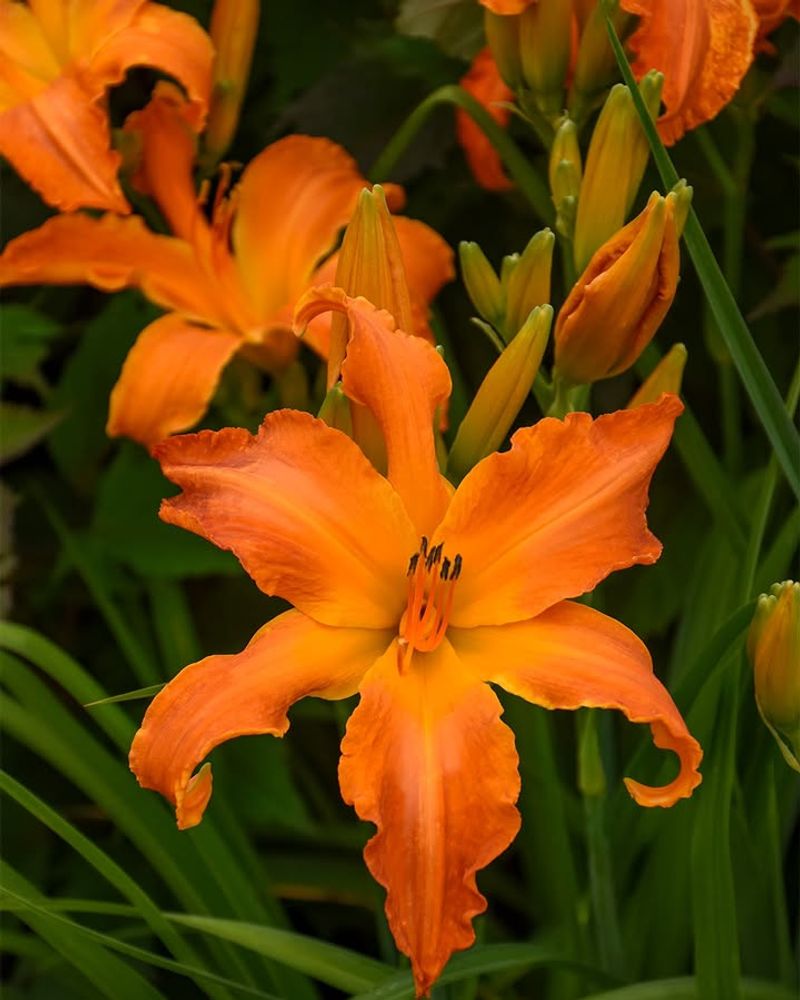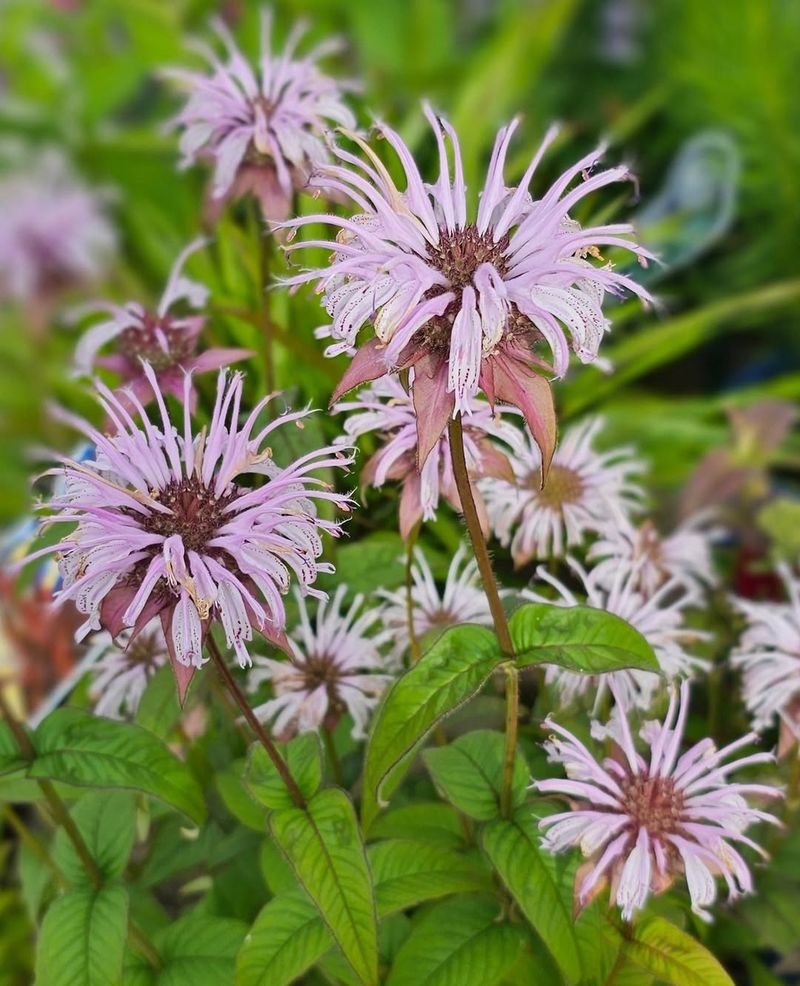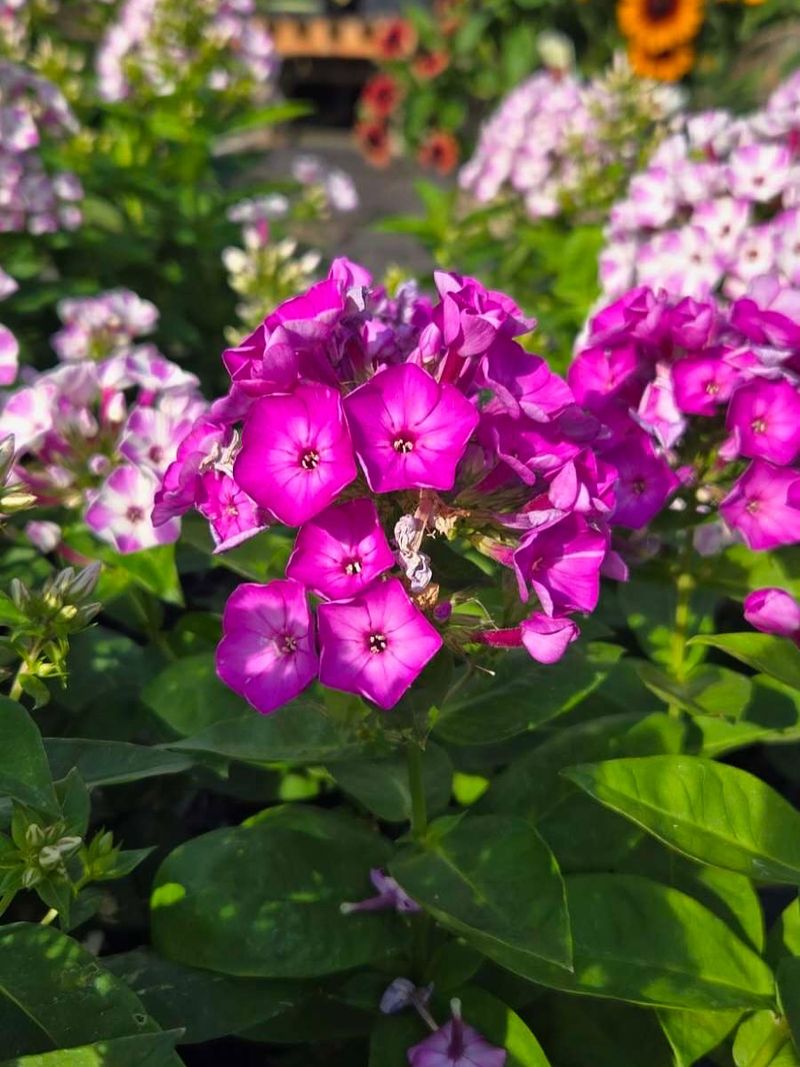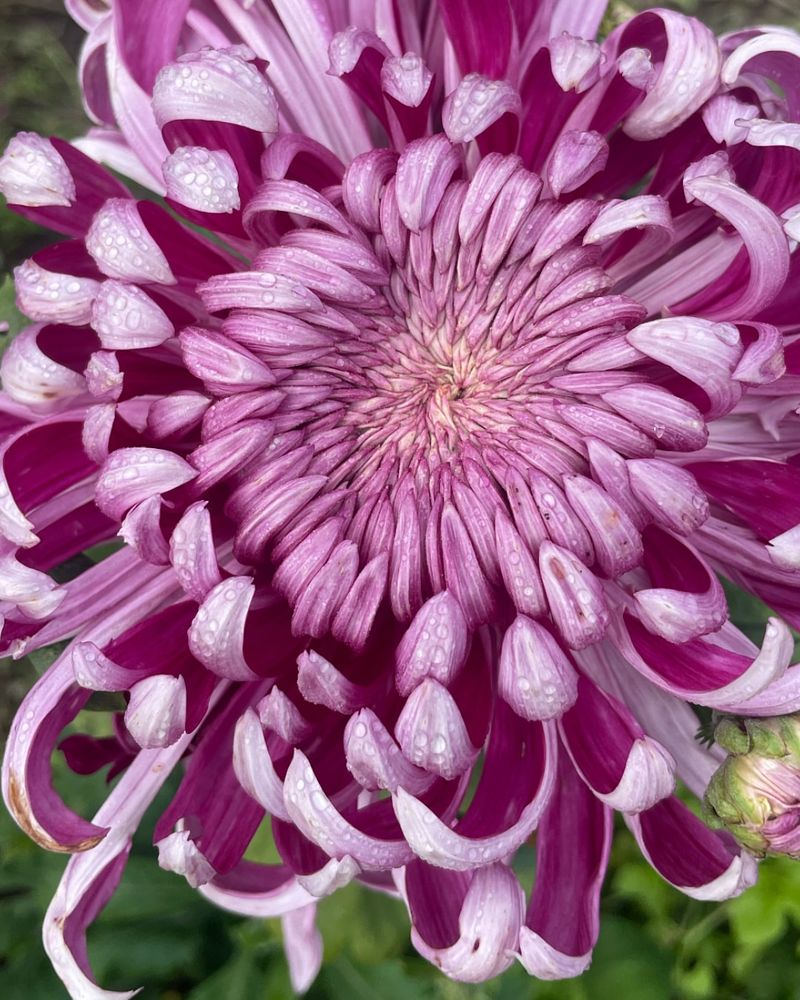Tennessee winters might seem mild, but experienced gardeners know that late fall is the perfect time to prep their flowers for the cold months ahead. Cutting back certain blooms before December helps protect plants from frost damage and encourages healthier growth come spring.
Learning which flowers need this attention can make the difference between a thriving garden and one that struggles to bounce back next year.
1. Black-Eyed Susans
Bright yellow petals make Black-Eyed Susans a summer favorite, but their spent stalks can harbor pests and diseases over winter. Trimming them down to about three inches from the ground prevents unwanted bugs from setting up camp in your garden beds.
Many gardeners save a few seed heads for the birds before doing a final cleanup. This native wildflower bounces back vigorously each spring when properly maintained. Your garden will thank you with bigger, healthier blooms when warm weather returns to Tennessee.
2. Coneflowers
With their spiky centers and drooping petals, coneflowers add character to any garden throughout summer and fall. However, leaving old growth standing invites fungal problems that can weaken or destroy the plant during wet Tennessee winters.
Cut stems back to just above the basal leaves, which are the ones growing close to the ground. Some folks leave a few standing for winter bird food, which is perfectly fine. Just remember to remove the rest to keep your coneflowers disease-free and ready to thrive.
3. Salvia
Hummingbirds adore salvia during blooming season, but these tall spikes become scraggly and messy as temperatures drop. Cutting them back prevents the plant from wasting energy on damaged stems during winter dormancy.
Trim your salvia down to about six inches above the soil line. This encourages the plant to put its resources into strengthening roots instead of trying to maintain dying foliage. Come springtime, you will notice stronger stems and more abundant flowers throughout the growing season ahead.
4. Daylilies
Each daylily bloom lasts just one day, but the foliage hangs around much longer, often turning brown and unattractive by late fall. Removing this deceased material keeps your garden looking tidy and reduces hiding spots for slugs and other pests.
Snip the leaves down to about two inches from the ground once they have turned completely yellow or brown. Healthy green foliage can stay until it naturally withers away. This simple maintenance step helps daylilies return with vigor and beautiful blooms next summer.
5. Bee Balm
Pollinators flock to bee balm during summer, but this member of the mint family is prone to powdery mildew that overwinters on old stems. Cutting back infected growth before December stops the disease cycle in its tracks.
Remove all stems down to ground level, disposing of any mildewed material in the trash rather than your compost pile. Good air circulation around the base helps prevent future infections. Your bee balm will emerge cleaner and healthier when spring arrives in Tennessee, ready to attract butterflies and bees once again.
6. Garden Phlox
Sweet-smelling phlox creates stunning clusters of pink, white, and purple flowers during summer months. Unfortunately, this popular perennial often develops powdery mildew on its lower leaves as humidity rises in Tennessee gardens.
Cutting back all stems to ground level before winter eliminates infected plant material and gives you a fresh start next year. Proper spacing and air circulation also help, but removing old growth is your best defense. Healthy phlox will reward you with fragrant blooms and fewer disease problems throughout the next growing season.
7. Shasta Daisies
Cheerful white petals surrounding sunny yellow centers make Shasta daisies a garden classic. Leaving spent blooms and foliage standing through winter can lead to crown rot in Tennessee’s unpredictable wet and cold cycles.
Trim plants back to about three inches above soil level once blooming has completely finished for the season. Remove any diseased material from around the base of the plant as well. This preventive maintenance protects the crown and ensures your daisies return with plenty of energy for blooming next summer.
8. Sedum
Thick, succulent leaves and rusty-red fall blooms make sedum a favorite for low-maintenance gardens. While some gardeners leave the dried flower heads for winter interest, cutting them back prevents stems from breaking and creating a messy appearance.
Wait until after several hard frosts before trimming sedum down to just above the new growth at the base. The plant stores energy in its roots during dormancy and emerges quickly in spring. Proper pruning keeps sedum looking attractive year-round while promoting compact, sturdy growth for the following season.
9. Chrysanthemums
Fall would not be complete without the vibrant oranges, yellows, and burgundies of chrysanthemums brightening Tennessee gardens. After blooming finishes and frost destroys the foliage, old stems can trap moisture that leads to root rot over winter.
Cut mums back to about four inches above ground level once they have finished blooming and the foliage has wilted. Add a layer of mulch around the base for extra winter protection. This simple care routine helps perennial mums survive Tennessee winters and return with spectacular color year after year.

